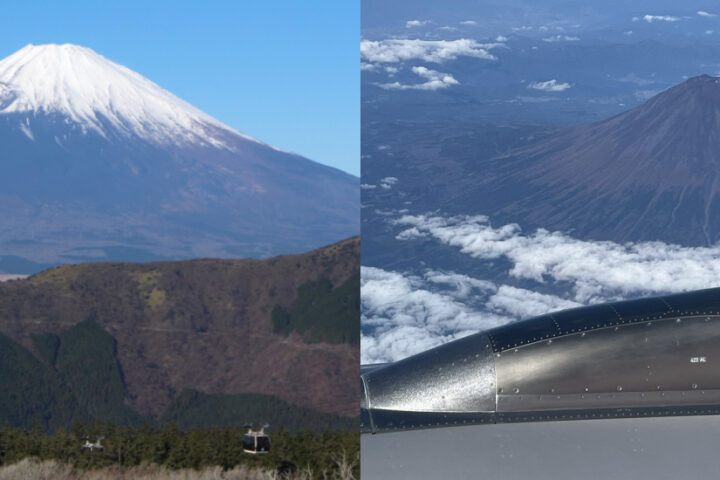Europe is stepping up its game against climate change, and it’s looking way up – to space. The European Space Agency (ESA) and the European Commission’s Directorate-General for Climate Action (CLIMA) are shaking hands in a groundbreaking move. They’re all about using satellites to keep an eye on Earth’s climate and figure out how to deal with the changes happening.
The Copernicus program is Europe’s secret weapon. It’s a bunch of satellites that give us the lowdown on what’s happening with our climate. This is big for the EU’s plan to not add any more greenhouse gases to the atmosphere by 2050 – a major goal of the European Green Deal.
Thanks to the ESA’s Climate Change Initiative, we’ve got years of satellite data that tell us about Essential Climate Variables. These are like the vital signs for our planet’s climate health, and they’re super important for the United Nations Framework Convention on Climate Change to see how we’re doing.
ESA’s FutureEO program is where the cool new satellite missions and ideas come to life. It’s all about coming up with fresh ways to use satellites to check out Earth and tackle environmental challenges.
Similar Posts
Josef Aschbacher, ESA’s Director General, is all about speed and teamwork “The climate crisis is upon us, and we have to act fast and act together for the benefit of Europe and, indeed, the world,” he says. ESA and CLIMA are getting their heads together to share info and make plans.
The new initiative isn’t just about watching; it’s about doing. They’re looking into better ways to keep tabs on greenhouse gases, stop deforestation, find methane leaks, and even help pick out spots for clean energy plants.
They’re also cooking up new tools like the Green Transition Information Factory to help with the EU’s rules on land use and forestry. These tools are there to help businesses and public groups figure out how to cut down on carbon and handle climate risks.
It’s not just a one-team show. The initiative wants to get industries and public sectors involved in assessing risks and making things less carbon-heavy.
Kurt Vandenberghe from the European Commission is all about the bird’s-eye view space gives us. “Space technologies are crucial for reaching climate neutrality and climate resilience by 2050,” he points out. This joint effort is all about making the most of space tech to help our planet.
This isn’t just about getting along – it’s a strategic alliance that’s set to push forward climate science, help put policies into action, and spark green innovation. Europe is gearing up to lead the charge against climate change, with space tech as its ace in the hole.
As the climate crisis heats up, ESA and the European Commission are joining forces in a significant way. By tapping into the power of satellites, they’re aiming to get the info we need to make smart, sustainable choices. It’s a bold step toward a greener, more resilient Europe, and a savvy move for one of the biggest challenges of our time.
















